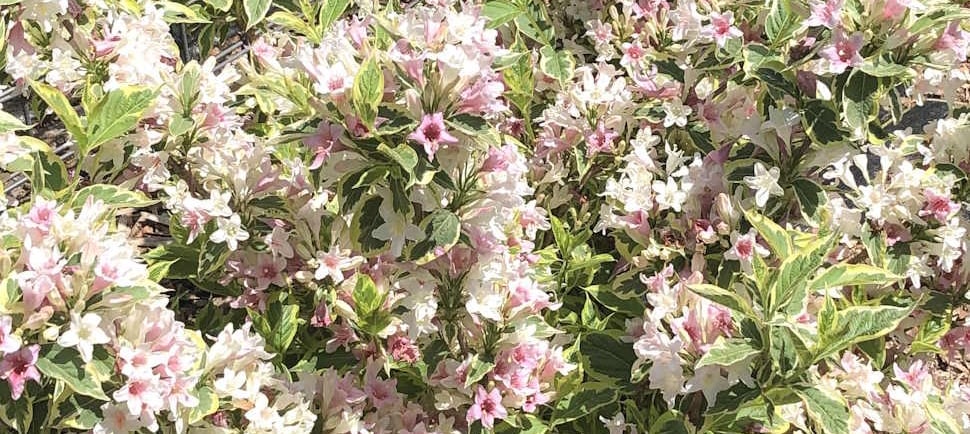Top 3 Tips for Essential Plant Care
Discover the top three reasons why your plants might not be growing. Learn about the importance of sunlight, water, and nutrients in plant care to help your garden flourish. Get expert tips on how to grow plants successfully and meet their nutrient requirements.


Understanding the Basics of Plant Growth
To grow incredible plants, you must understand their fundamental growth requirements. Every plant, regardless of species, has specific needs that must be met to thrive. The primary elements that contribute to successful plant growth include sunlight, water, and nutrients. Understanding these 3 essentials is crucial for gardeners aiming to cultivate healthy greenery.
Lack of Sunlight: Is Your Plant Getting Enough Light?
First, sunlight. Obviously an essential component of photosynthesis (the process by which plants convert light into energy), sunlight is instrumental in helping plants grow. But it's not any sunlight. Plants have varying light requirements; some flourish in direct sunlight, while others prefer partial shade. It is important to know the specific needs of your plants to ensure they receive the appropriate amount of light.
When plants do not receive adequate sunlight, their ability to grow and thrive can be severely compromised. Insufficient light can lead to symptoms such as leggy growth, where stems become elongated as the plant stretches towards the light source, and pale or yellowing leaves, indicating that the plant is not producing enough chlorophyll.
To determine whether your plant is receiving the appropriate amount of sunlight, first consider how many hours of light your plant needs, as this varies by species. Many flowering shrubs, for example, require at least six hours of sunlight daily in order to flower properly. Other plants may thrive in lower light conditions. When you purchase your plant, make sure to get this information before leaving the nursery. At Brandywine Gardens, we always include sunlight requirements on all of our bench cards, ensuring that you will have this information.
Understanding the lighting needs of your plants is vital for promoting their growth, bloom time, and health. By evaluating their environment and making necessary adjustments, you can create an ideal atmosphere that enables your plants to flourish.
Inadequate Water: Are You Over or Under-Watering?
Water also plays a critical role in plant health. It acts as a solvent for nutrient absorption and aids in various physiological processes. Just like sunlight, the water needs of plants differ widely; understanding the optimal moisture levels for your specific species is very important. I've learned this the hard way! Too little water can lead to wilting and stunted growth, while excess water can cause root rot and other issues in plants that don't like soggy feet -- like azaleas. Achieving the right balance of moisture can be challenging and may take some practice.
Under-watering is a common issue that occurs when plants do not receive sufficient moisture. Signs that your plant is suffering from this condition may include wilting leaves, yellowing foliage, or dry, brittle stems. If these symptoms are evident, first check your soil moisture levels. Simply insert your finger about an inch into the soil; if it feels dry, it is definitely time to water. Since different species have unique water requirements, it's imperative to either research the specific hydration needs of your plants or ask before you leave the nursery!
Conversely, over-watering can be equally detrimental. Excessive moisture can lead to root rot, a condition that prevents roots from properly absorbing nutrients and water. If your stems are soft, your soil remains soggy, or your leaves look yellow (be careful because this symptom can happen for more than one reason), then you may be over-watering. It's easy to do this. We often think that more is better, but that's not always the case! To combat this issue, ensure that pots have proper drainage holes, and allow the top layer of soil to dry out before watering again. This is important!
Consider also how frequently you water. Factors such as the size of the plant, pot type, and environmental conditions may necessitate adjustments.
Soil Nutrients: Is Your Soil Devoid of the Essentials?
Lastly, nutrients are the building blocks of plant growth. Plants require a range of macronutrients such as nitrogen, phosphorus, and potassium, as well as micronutrients in smaller quantities. These elements are typically found in the soil or can be supplemented through fertilizers, compost, or amendments. Testing your soil and opting for appropriate fertilizers or amendments can be the missing link for your plants.
Without adequate levels of primary nutrients—nitrogen, phosphorus, and potassium—as well as secondary and micronutrients, plants may exhibit stunted growth and poor vitality. Nutrient-deficient soil fails to supply plants with the essential elements they need to flourish, resulting in discolored or mottled leaves, wilting, and a general lack of vigor.
To evaluate the nutrient content of your soil, conduct a soil test. I know this seems like a pain, but it's really not that bad, and it gives you a ton of information! Soil testing kits are widely available online and in stores and can help determine pH levels and nutrient deficiencies. Each plant has different preferences of nutrients, so by understanding the specifics of your soil, you can make informed decisions on amendments. For instance, if your soil is lacking nitrogen, incorporating compost or well-rotted manure can be beneficial. Similarly, for phosphorus deficiency, bone meal or phosphate fertilizers could be appropriate choices.
In years past, when I noticed my tomato plants struggling to grow despite apparent care. They also had purple coloration on the underside of their leaves. I decided to perform a soil test. The results revealed a significant deficiency in potassium. After amending the soil with organic fertilizer, the plants began to flourish, producing tomatoes that wouldn’t have been possible otherwise. By taking diligent steps to bolster soil health, you empower your plants to reach their full potential.
